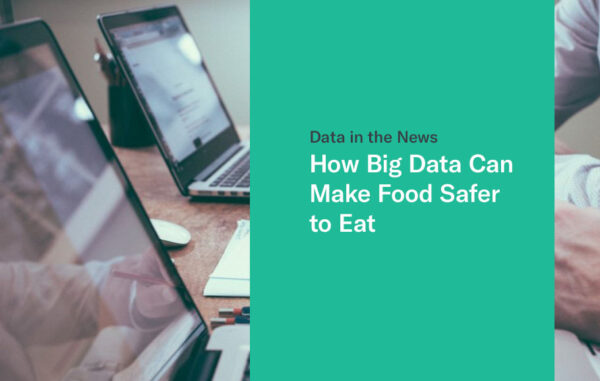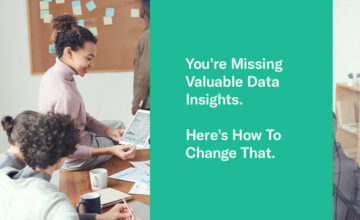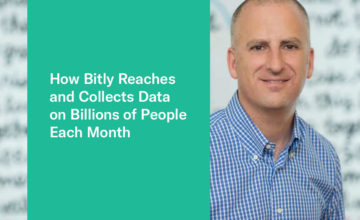The interconnectivity of tech devices and their capacity to process data continues to improve. In fact, Foreign Affairs Magazine notes that more than 98% of all stored information in the world today is digital. It’s undeniable proof of a large amount of data on the web that can be used to evolve different industries and enhance consumer relationships with goods and services.
This trend matches predictions regarding the increase in the quantity of data produced worldwide. In Maryville University’s evaluation of the business analytics industry, they predict that the annual data created worldwide will reach 180 trillion gigabytes by 2025. What can we learn from this? Big data is here to stay and it’s only going to continue to grow.
Big data can affect all aspects of our lives, even something as essential as our food. In the food service industry, for instance, technology boosts efficiency and convenience in terms of order-ahead apps.
Indicative CEO Jeremy Levy sat down with Noah Glass, the CEO of Olo, to learn about digital food delivery companies and how big data can be used for tracking food order habits and making accurate predictions.
There are a lot of questions and unknown information surrounding how technology can impact food, but we’re going to focus on one: how can technology make food safer to eat?
Let’s take a closer look at the food industry from production to storage.
Production
Part of the answer lies in understanding how big data contribute to agricultural production.
A team from the International Center for Tropical Agriculture led by Steven Prager is working on strategic foresight modeling, which examines how farms are affected by climate change and other weather factors. Using big data to help predict agricultural outcomes helps farmers and agricultural businesses make better decisions.
Farmers that understand the relationship between the environment and plants can become better in cultivating crops without depending on pesticides to increase their yields. Reducing the use of pesticides means lessening the chances of health risks for those consuming the food.
Sanitation
Big data also helps in preventing the spread of bacterial infections in certain foods.
A CIO Review discusses how genetic indexing can be supported through big data by identifying the correlation between DNA and RNA. This discovery allows food inspectors to recognize food containing harmful bacteria.
Big data can also help track the source of these infectious organisms and what variables support the cultivation of specific bacteria. This knowledge can mitigate disease among livestock and agricultural produce, while also preventing experts in the field from making the same mistakes.
Storage
When it comes to food storage, rat or insect infestation can be a major problem.
Techi Expert states that big data improves storage safety by combining historical data on infestations with real-time data. Knowing the trends associated with these occurrences helps prevent future infestations that could contaminate, and ultimately ruin, the food supply.
The data needed to evolve the agriculture industry is available and can be leveraged to enhance the production, sanitation, and storage. By enhancing our agricultural processes we can positively impact the quality of the food we consume while simultaneously increasing food-to-table education.
Food safety is crucial to public health and should be prioritized when it comes to innovations in big data. New knowledge and advancements can help us create a world where more people have access to information on where their food is coming from, how it arrives on their plate, and that it’s safe.
(This is a guest post from Sarah Sanders for Indicative.com)



